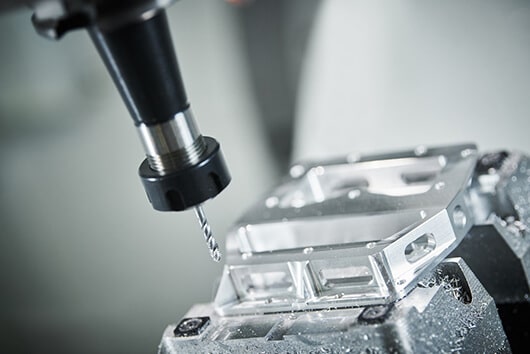The fine art of machining ceramics
Since 2021, Kern Microtechnik GmbH’s job shop manufactures different ceramic parts which are being used in a wide variety of applications.To get more news about
machining ceramics, you can visit runsom.com official website.
The ductile cutting mode, developed by Kern, is playing a vital role. Engineers and technicians, together with the customer, succeeded in generating a reliable process which provides high-quality results and zero rejects.

Many different industries, such as analytics, chemical and waveguides have been waiting for this, as have manufacturers of highly precise parts for measurement devices, jewellery, watchmaking and satellite technology for example. It’s all about the reliable manufacturing of technical ceramics like silicon carbide and aluminium oxide. The extreme hardness, stiffness, heat and chemical resistance of these materials and their excellent thermal connectivity make ceramics a very interesting material for many different applications.
However, the many advantages pose a challenge at the same time: the manufacturing process is very demanding. Also, because ceramic products need to be 100% perfect, cracks, breakoffs, or damaged material result in a failure of the part. Unlike metal, there is no protection to limit the spread of a crack. Furthermore, parts need to be manufactured to high dimensional accuracies.
Lapping, honing and grinding are established as traditional manufacturing processes, however, this limits the profiles and shapes that can be produced. Also, reliability becomes an issue as soon as contours and outlines need to be cut. This is where the new ductile cutting mode, developed by Kern engineers, comes into play. Special milling tools, with a geometrically defined cutting edge remove material from brittle ceramics with flying chips.
High-quality, high reliability
Alexander Stauder, head of applications at Kern explains: “We gain many advantages with this process – most important are the excellent quality in terms of accuracy and surface finishes and also process reliability. Depending on the quality of the ceramics, Ra/Sa roughness in the range of a few tens of nanometres and accuracies in the lower micrometre range can be achieved.”
Often it is possible to cut machining times considerably, which results in more efficiency. However, there is a rule of thumb: the larger the parts and respectively the drills and grooves are, the more it makes sense to use grinding as the first metal removal method.
Finishing is then the only thing remaining for milling, where tools are sometimes more costly. The smaller the parts and respectively the drills and grooves are, the more productive it becomes to work directly with the ductile cutting mode.
For either process, a reliable machine with highest accuracies is essential. A high stiffness and running smoothness, a spindle with a high RPM and resistance against the abrasive ceramic removal are prerequisites for working with either ductile cutting mode or grinding.
